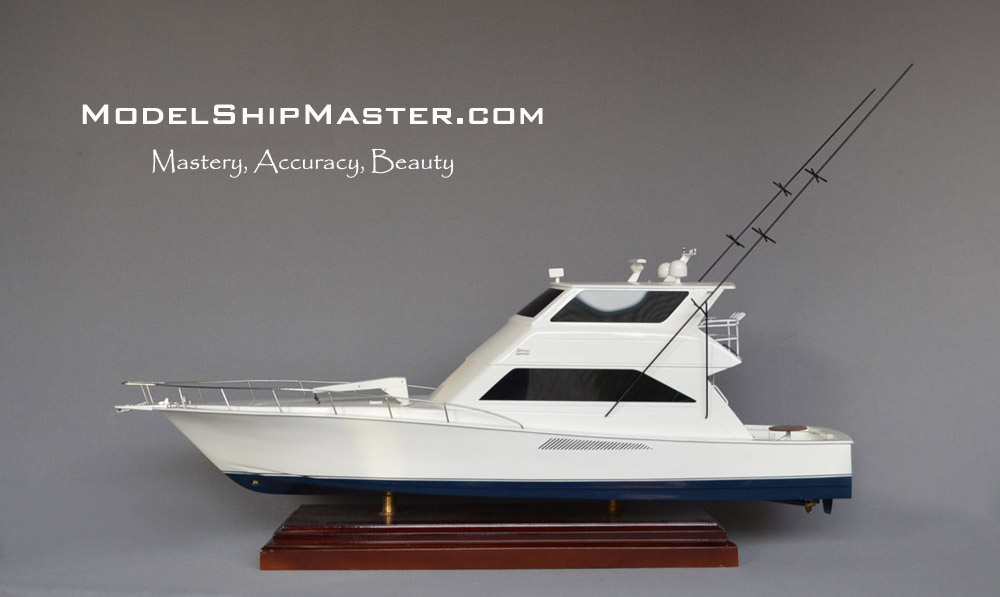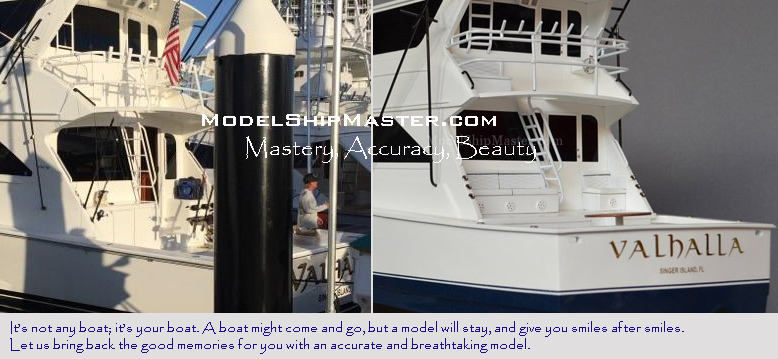|


256-bit encryption
$500,000 protection

|
VIKING SPORT FISHING 65
Viking is a company that has stood the test of time. If
you were to describe this company in one word, it would
be “passion.” Viking builds boats because they are
passionate about what they do. They are always making
improvements to their designs and you can see that
throughout their history.

The Viking 65 first rolled out of the yard in 2000 and
has since become known as one of the finest looking,
strongest performing sportfisherman ever. Its clean,
crisp handling allows it to cut through the water and
make shallow to medium turns without losing speed.
From a style perspective, there are a few changes to
previous years’ line ups. For one, there is more of a
crown on the foredeck. Corners are more rounded, and
frameless windows smoothly follow the contour of the
cabin.
A massive cockpit allows for more than one angler on
deck without getting in each other’s way. The 65 is
known for its minimalism both on deck and below. You
have all your fishing amenities strategically placed to
avoid visual clutter. Take for example, a refrigerated
drink cooler hidden under one set of steps and a
cleaning supply and bait stowage compartment under
another set.
The Viking 65s are built with two major parts – the hull
and the foredeck plus the deckhouse and cockpit
assembly. These components are mechanically and
chemically bonded to create one-piece constructions that
can take the punishments of any ocean year after year.
The hull weighs only about 1,000 pounds more than the
58. This is partly thanks to the end-grain balsa
composite hull construction that gives the 65 great
strength while also saving on weight. With exception to
under the engine area, the stringers on the 65 are foam
filled for additional weight reduction.
Two direct drive diesel MTU M91s capable of producing
1800 horsepower each can propel the 65 to just under
40-knots. Cruising speed off around 30-32-knots is both
comfortable and smooth.

The purpose of tunnels remains the
same as they did on my old boat: to help reduce the
draft. Unfortunately, that goal is at odds with the
laws of physics, which hold that a certain amount of
propeller blade area is necessary for a certain
horsepower, speed, and boat weight. If you don't
have enough blade area, cavitation is the usual
result. Cavitation manifests itself as noise,
vibration, prop and rudder erosion, and degradation
of performance, with increased fuel burn and reduced
speed and range.
So how do you achieve the necessary
propeller blade area and avoid all the problems?
Generally, a larger prop diameter is more efficient than
a smaller diameter, so bigger props are the obvious
answer. Putting physics aside for a moment, that extra diameter
has a practical downside: It aggravates the draft
problem, since propeller tips are the low point on most
boats. There's only so much space for props between the
bottom of the boat and the bottom of the sea. We can't
move the bottom of the sea, but we can move the bottom
of the boat. This is accomplished with prop tunnels.
The
sides of the tunnels are parallel to the centerline
of the boat, and parallel to each other as well for
their entire length. The sides do not converge
either forward or aft. Looking closely at the black
lines drawn athwartship, you can see that at the
forward end of the tunnel, the shape of the tunnel
roof begins very flat, and then transforms into a
progressively tighter radius as we move aft toward
the transom. At the point of the propeller location,
very near the end of the keel on this example, the
tunnel reaches its smallest radius. Aft of this
point, from prop to transom, the shape can be
maintained as in this Viking, or might converge just
a bit to create a slight "nozzle" effect on some
boats.
In addition to having the right shape for the
tunnel, it is important to have the cleanest, most
undisturbed water flowing into and out of the
tunnel. This is done by avoiding discontinuities in
the hull bottom and locating "bottom clutter," such
as thru-hulls and transducers, out of the path of
the water flowing into the tunnels. Shaft strut and
rudder palms should be mounted flush, in indents
molded into the tunnel, if at all possible.
Finally, there's the question of how close the prop
should run to the tunnel walls. On installations
without tunnels, the guideline is to allow 15
percent of the prop diameter (4 ½ inches on a
30-inch prop) as clearance between the hull bottom
and the prop-blade tips, to avoid excessive
vibration. With tunnels, this can easily be
tightened up to 5 or 10 percent, and some designers
have successfully gone to nearly zero without undue
vibration. Obviously, this allows a few more inches
of prop diameter, for more blade area and efficiency, with
resultant speed, range, and efficiency gains and
without added draft.
So there you have it: reduced draft and fuel usage,
more speed and range, less cavitation and vibration.
Tunnels aren't necessary for all boats, but when
draft is a problem, they can be the answer.

The photos above
show a Viking 65 boat model. We can build any
Viking sportfishing boat model.
Accurate and beautiful just like this one.
To commission
your favorite
vessel, just
click
here to
let us know of your preferences.
Nobody builds better boat
models than ModelShipMaster.com. We post very large
photos of our Viking yacht model so that you can truly
see the unrivaled craftsmanship. More about authenticity
and quality
here.

Click
to view our other Viking boat:
Viking 64,
Viking 68,
Viking 74,
Viking
82.
|